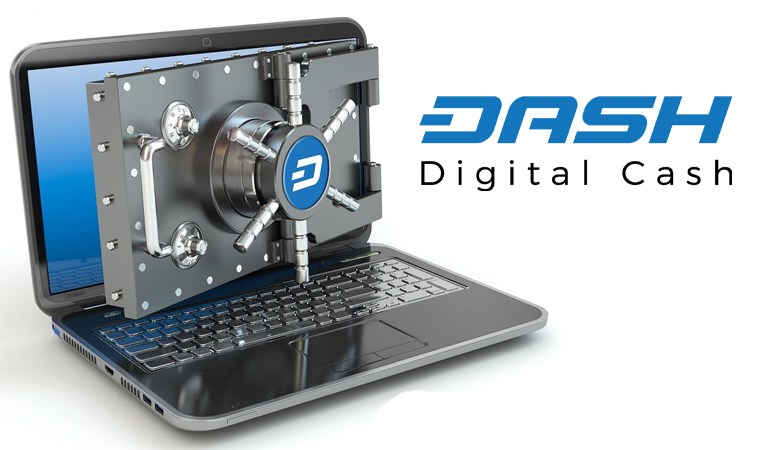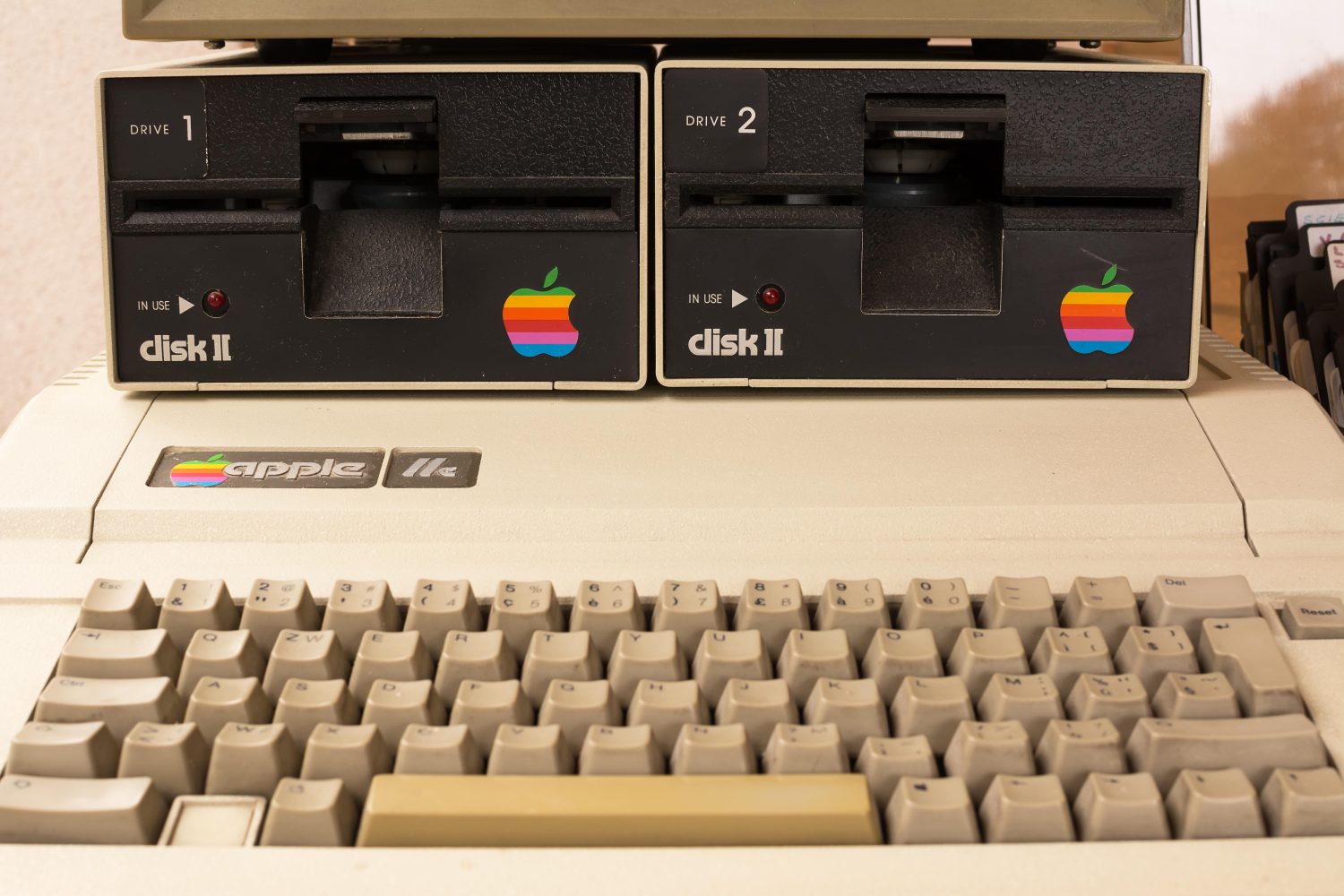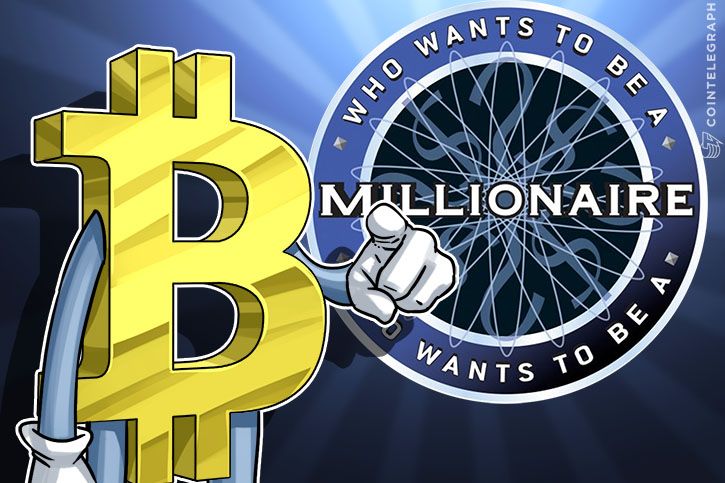Bitcoin, Ethereum Lead the Way as Cryptocurrencies Retreat into the Red

Cryptocurrency traders woke up to a sea of red this morning
, as 92 of the top 100 cryptocurrencies by market cap experienced a marked price decline. The bitcoin price led the retreat, falling over 6% toward $2,400. Bitcoin has declined almost $600 since it pierced the $3,000 barrier two weeks ago.
No Flippening Today
Bitcoin price declines always increase discussions about the “Flippening,” the potential future event when another cryptocurrency (presumably Ethereum) will supplant bitcoin as the largest cryptocurrency by market cap. However, Ethereum has been dealing with its own problems. On June 22, it experienced a flash crash on GDAX, although it quickly recovered. More worrisome is the fact that Ethereum is experiencing network congestion and has yet to implement a long-term solution. Consequently, the ethereum price has fared even worse than bitcoin. In the past 24 hours, the ethereum price fell 13% to $285.23. Ethereum too has been experiencing an elongated price decline, having fallen nearly $130 since it hit $410 on June 12. Significantly, ethereum’s ~$26.5 billion market cap is now only 63% of bitcoin’s ~$41.8 billion market cap.
Massacre Extends to Altcoins
The Monday Massacre did not stop with bitcoin and ethereum; altcoins are down across the board. Not even litecoin, which has experienced a price resurgence over the past several months, could swim against the current. The litecoin price fell 9.87% to $41.29. It has fallen nearly 20% since it topped out at $50 leading up to its listing on BitStamp.But the massacre did not stop there Only eight of the top 100 cryptocurrencies managed to avoid the bloodbath. Thirtieth-ranked Byteball was the largest cryptocurrency to experience a price increase, just barely moving the needle 1.84% to $781.20. Tether, MCAP, LEOCoin, OBITS, and Mooncoin each managed to tread water or increase slightly.
Lest one attribute the altcoin price decline to the fact that most altcoins rely on bitcoin as their major trading pair, the price charts look nearly as bad when you switch from USD to BTC. Nearly every altcoin declined against bitcoin. The lone standout in the top 100 was 54th-ranked CloakCoin, whose price rose 41% to $10.09 (.0037 BTC). This is a new all-time high for CloakCoin, who previously rose to a high of .0033 BTC in late July 2014 before crashing in August and September.
A Bump in the Road or Cause for Concern?
Mainstream economists and news outlets rush to pronounce bitcoin’s impending doom every time it experiences a price decline, so don’t be surprised if you see some trigger-happy “Is This the End for Bitcoin?” headlines pop up in your newsfeed if the downward trend continues. Nevertheless, it is far more likely this market downturn is just a bump in the road for cryptocurrency prices. That said, both Bitcoin and Ethereum are facing scaling difficulties and will need to implement long-term solutions. Bitcoin’s test will come with the upcoming Segwit2x activation. All signs indicate Bitcoin will avoid a network fork on August 1, but any unexpected developments could lead to price volatility.
Chuck Reynolds

Marketing Dept
Contributor
Please click either Link to Learn more about -Bitcoin.
Alan Zibluk – Markethive Founding Member










